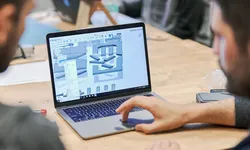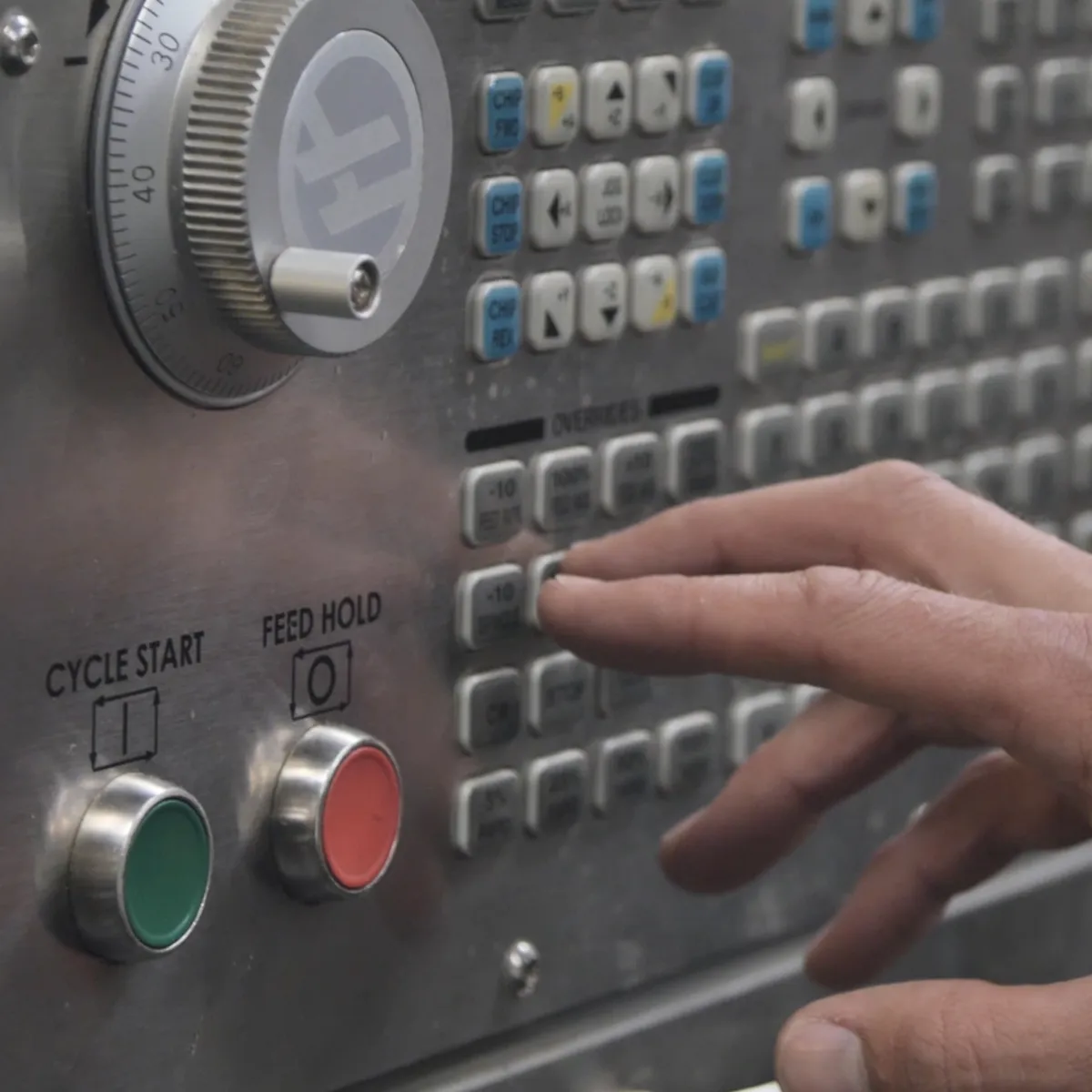
Introduction to Mechanical Engineering Design and Manufacturing with Fusion 360 
This course provides an introduction to mechanical engineering design and manufacturing using Fusion 360. It covers the design for manufacture workflow, validating models, and generating G code for CNC machines. ▼
ADVERTISEMENT
Course Feature
![]() Cost:
Cost:
Free
![]() Provider:
Provider:
Coursera
![]() Certificate:
Certificate:
No Information
![]() Language:
Language:
English
Course Overview
❗The content presented here is sourced directly from Coursera platform. For comprehensive course details, including enrollment information, simply click on the 'Go to class' link on our website.
Updated in [March 06th, 2023]
This course provides an introduction to the design-to-manufacturing process that uses CNC programming to convert a digital model into a physical part. Participants will learn how to use the Fusion 360 toolset to create digital models and convert them into physical prototypes. The course will cover topics such as the design process, CNC programming, and the use of Fusion 360 to create digital models. Participants will also learn how to use Fusion 360 to create and modify digital parts, as well as how to use CNC programming to convert digital models into physical parts. At the end of the course, participants will be able to demonstrate their knowledge and skills by using design and manufacturing workflows to convert digital parts into physical prototypes.
[Applications]
The application of this course can be seen in the design and manufacturing of mechanical parts. After completing this course, students should be able to use Fusion 360 to create digital models, program CNC machines, and convert digital parts into physical prototypes. Additionally, students should be able to use the Fusion 360 toolset to create and modify designs, simulate and analyze parts, and collaborate with other designers. With this knowledge, students should be able to apply their skills to a variety of mechanical engineering projects.
[Career Paths]
1. Mechanical Engineer: Mechanical engineers design, develop, build, and test mechanical and thermal sensors and devices, including tools, engines, and machines. They use a variety of computer-aided design (CAD) software, such as Fusion 360, to create and analyze designs, as well as to simulate and test how a machine or system will work under various conditions. With the increasing demand for automation and robotics, the demand for mechanical engineers is expected to grow significantly in the coming years.
2. CNC Programmer: CNC programmers use computer-aided manufacturing (CAM) software, such as Fusion 360, to create programs that control the operation of CNC machines. They are responsible for creating and testing programs that will produce parts with the highest accuracy and quality. With the increasing demand for automation and robotics, the demand for CNC programmers is expected to grow significantly in the coming years.
3. Manufacturing Engineer: Manufacturing engineers use a variety of tools and techniques, such as CAD/CAM software, to design and develop manufacturing processes and systems. They are responsible for ensuring that products are produced efficiently and with the highest quality. With the increasing demand for automation and robotics, the demand for manufacturing engineers is expected to grow significantly in the coming years.
4. Robotics Engineer: Robotics engineers design, develop, and test robots and robotic systems. They use a variety of tools and techniques, such as CAD/CAM software, to create and analyze designs, as well as to simulate and test how a robot or system will work under various conditions. With the increasing demand for automation and robotics, the demand for robotics engineers is expected to grow significantly in the coming years.
[Education Paths]
1. Mechanical Engineering: Mechanical engineering is a broad field that involves the design, development, and manufacture of machines and systems. It is one of the oldest and most versatile engineering disciplines, and its graduates are in high demand in a variety of industries. Mechanical engineers use their knowledge of physics, mathematics, and materials science to design and develop machines, engines, and other mechanical systems. With the rise of automation and robotics, the demand for mechanical engineers is expected to continue to grow.
2. Manufacturing Engineering: Manufacturing engineering is a branch of engineering that focuses on the design, development, and optimization of manufacturing processes. It involves the use of advanced technologies such as computer-aided design (CAD) and computer-aided manufacturing (CAM) to create efficient and cost-effective production systems. Manufacturing engineers are in high demand in the automotive, aerospace, and medical device industries, as well as in the emerging fields of 3D printing and additive manufacturing.
3. Robotics Engineering: Robotics engineering is a field of engineering that focuses on the design, development, and implementation of robots and robotic systems. Robotics engineers use their knowledge of electronics, mechanics, and computer science to design and develop robots that can perform a variety of tasks. Robotics engineering is a rapidly growing field, and its graduates are in high demand in a variety of industries, including manufacturing, healthcare, and defense.
4. Computer-Aided Design (CAD): Computer-aided design (CAD) is a field of engineering that focuses on the use of computer software to create and modify designs. CAD is used in a variety of industries, including architecture, engineering, and manufacturing. CAD software is used to create detailed 3D models of parts and assemblies, which can then be used to create physical prototypes or to generate CNC programs for manufacturing. With the rise of 3D printing and additive manufacturing, the demand for CAD engineers is expected to continue to grow.
Course Syllabus
The future of manufacturing and innovation
Fusion 360 Foundational Concepts
Introduction to CAD Modeling
Introduction to CAM and CAE
Pros & Cons

Overview of workspace available

Clear understanding of CAD/CAM/CAE

Great for beginners

Job based skillset

User friendly

Good earning outcome

Lack of assignments

Lack of examples

No building from scratch
Course Provider

Provider Coursera's Stats at AZClass
It covers the design of manufacturing workflows, model validation, and the generation of G-code for CNC machines. This course explores the design of manufacturing workflows and shows how to validate models and create G-code, the programming language needed to instruct CNC machines how to move. They practice the fundamentals of part and assembly design using Autodesk Fusion 360, along with tools such as animation, rendering, and simulation. They learn the fundamentals of these areas, which will be fully developed in later courses that apply these principles and Fusion 360 skills.
Discussion and Reviews
0.0 (Based on 0 reviews)
Explore Similar Online Courses

Product Management: Executive Briefing

Text Analytics 2: Visualizing Natural Language Processing

Python for Informatics: Exploring Information

Social Network Analysis

Introduction to Systematic Review and Meta-Analysis

The Analytics Edge

DCO042 - Python For Informatics

Causal Diagrams: Draw Your Assumptions Before Your Conclusions

Whole genome sequencing of bacterial genomes - tools and applications

Cyber Security in Manufacturing

Creating Toolpaths for a CNC Lathe


Start your review of Introduction to Mechanical Engineering Design and Manufacturing with Fusion 360